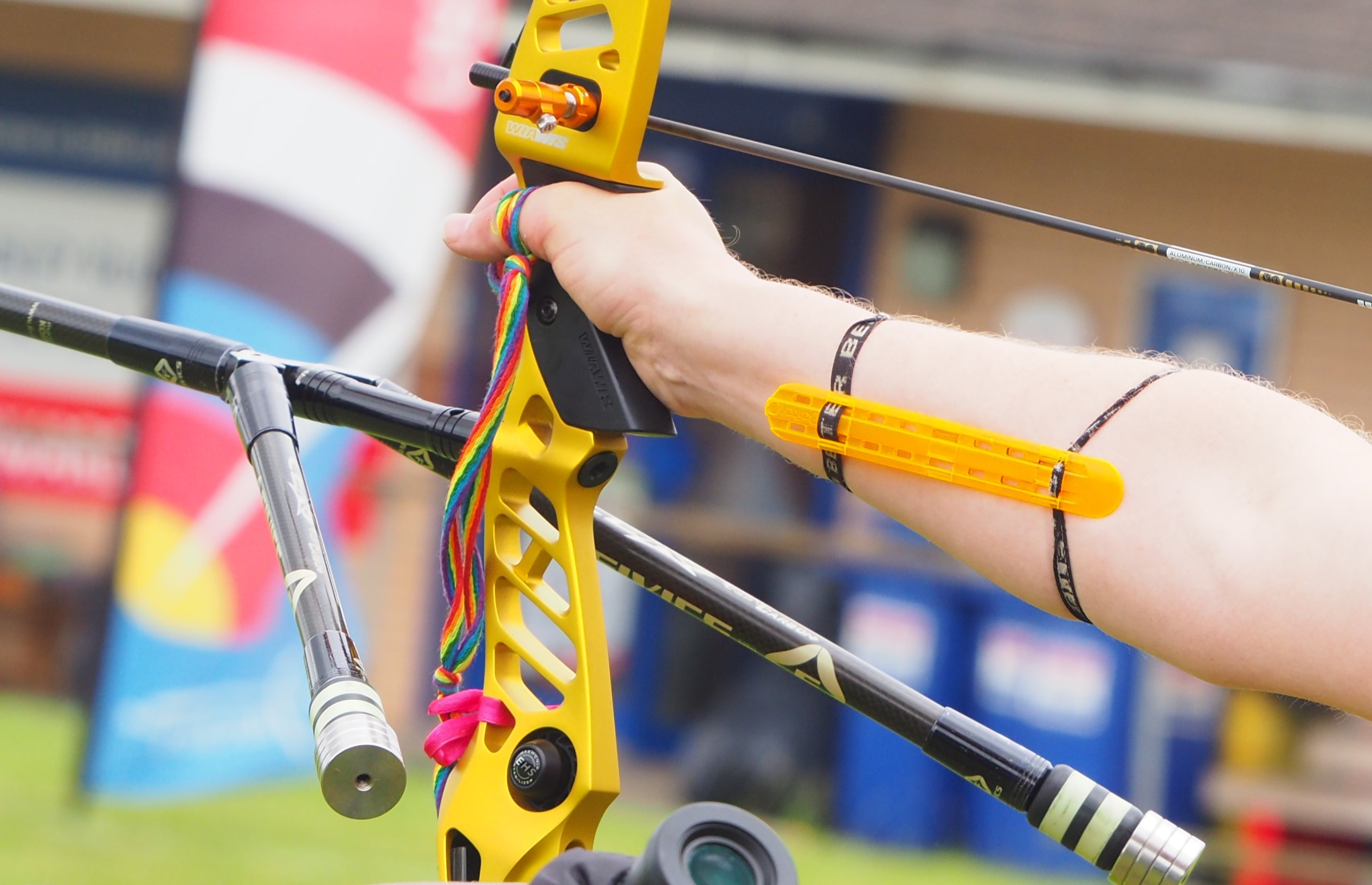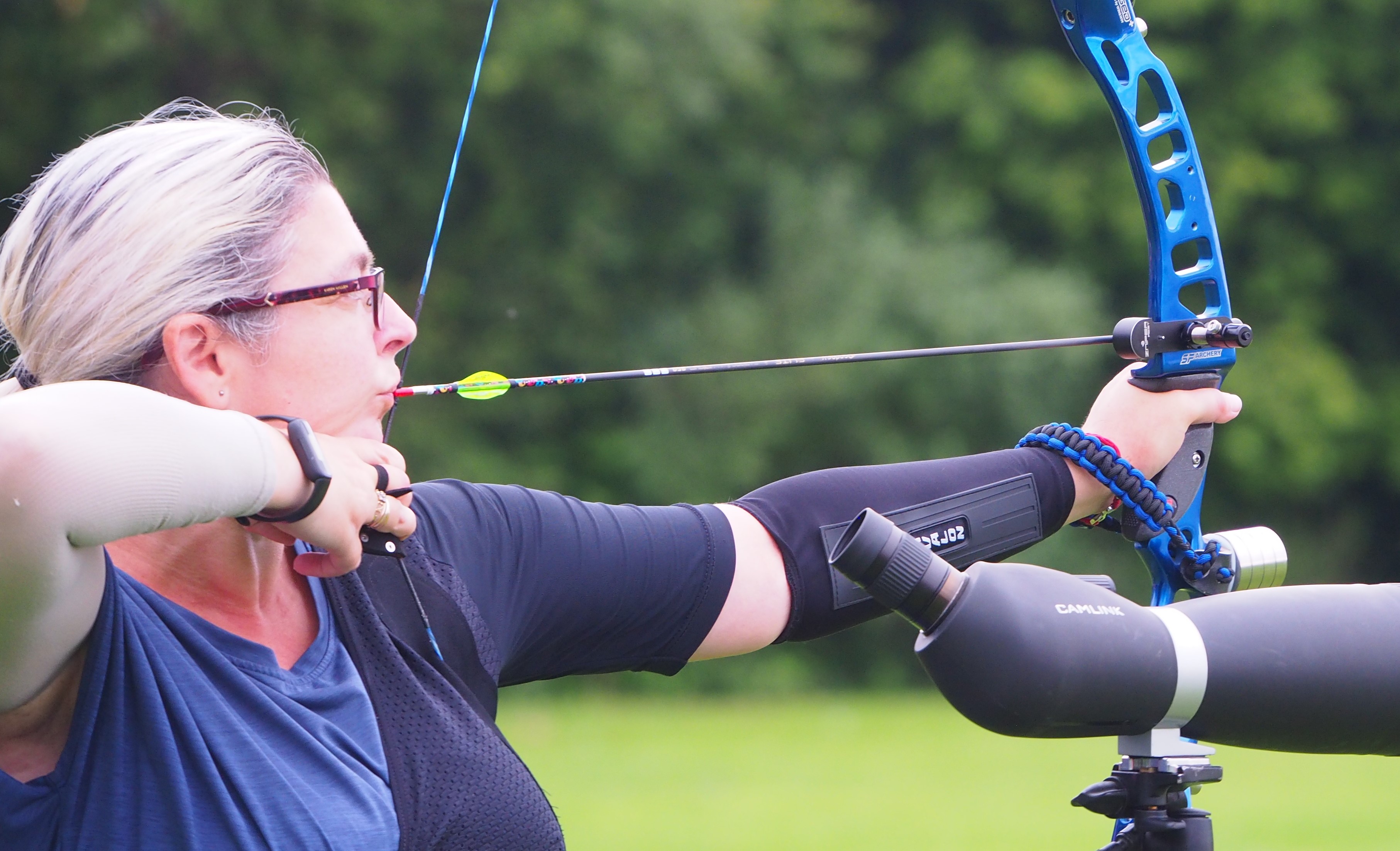For recurve archers, the choice between finger slings and wrist slings can significantly impact your shooting experience by offering support, protection, and improved performance. However, their suitability varies depending on your preferences and shooting style.

A finger sling in archery is a piece of cord that connects the your thumb and forefinger to the grip of the bow from behind. Its purpose is to catch the bow when it moves forward after being shot, preventing it from hitting the ground and saving you from having to use your hand to catch it. This allows you to relax your bow hand, which can help prevent bow torque (twisting the riser during and after release) and inconsistent shooting.
Finger slings can be useful, especially beginners, and can help improve scores and confidence. They can help:
Some archers prefer slings that allow the bow to move forward a little, while others prefer slings that allow the bow to leave their hand entirely. Finger slings can also provide more sensitive feedback and make it easier to control the bow's follow-through.
You can buy commercial finger slings or make your own using materials like paracord. Some say that making your own sling can be more cost-effective and allow you to customise it to fit your hand. The video below shows you how to make your own using a shoelace.
If you don’t get on with a finger sling – and not all archers do – but still think you need some support, wrist slings wrap around the back of your bow hand and allow you to shoot without gripping the bow. They are a bit less fiddly than a finger sling and don’t restrict the movement of your fingers.
However, wrist slings can make it difficult to perform the free-fall swing technique used by many experienced recurve archers, and the bow can act erratically when it drops.
When selecting finger and wrist slings, consider the following:
By incorporating finger and wrist slings into your archery routine, you can enhance your performance, reduce the risk of injuries or of accidentally dropping the bow (we’ve all done it!).